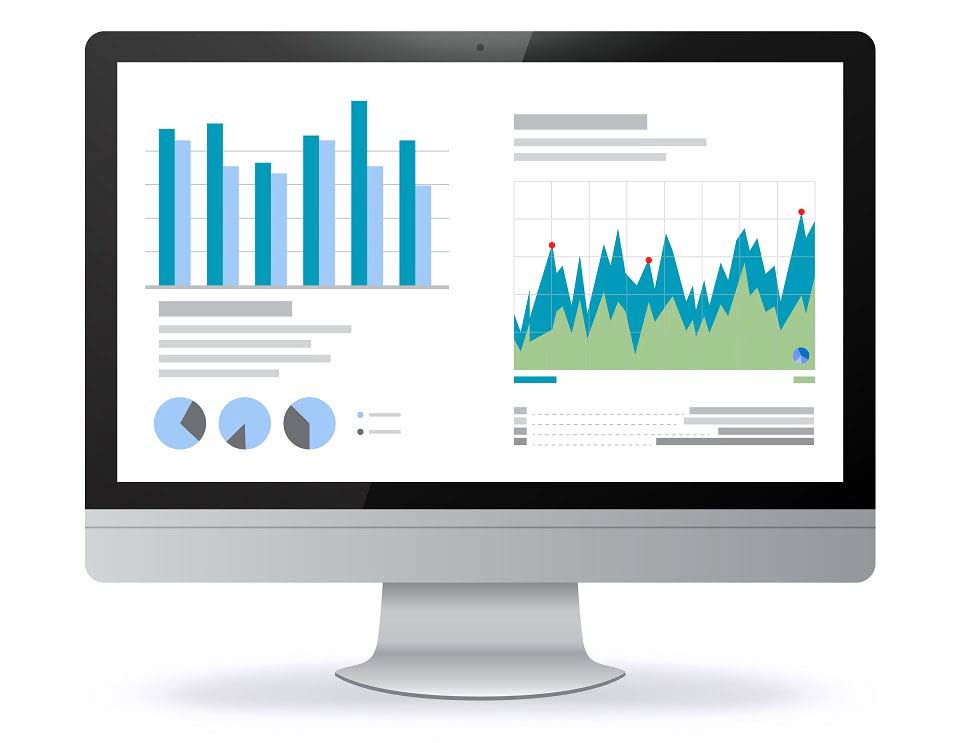Absorption Costing: Advantages and Disadvantages

The following is the step-by-step calculation and explanation of absorbed overhead in applying to Absorption Costing. The accuracy of product costs calculated using absorption costing depends on the reasonable accuracy of the apportionment of overhead expenses. Absorption costing recognizes the significance of factoring in fixed production expenses when evaluating product costs and pricing strategies. This approach is in contrast to ABS costing, which allocates fixed production costs to product output. Variable costing cannot be utilized in financial reporting under accounting standards like IFRS and GAAP. Expenses directly linked to a particular good or service are referred to as direct costs.
- GAAP reporting and because it more accurately tracks profit versus variable costing, in compliance with GAAP’s matching principle.
- Furthermore, it means that companies will likely show a lower gross profit margin.
- What’s more, for external reporting purposes, it may be required because it’s the only method that complies with GAAP.
- The percentage is obtained by dividing the overhead cost by the amount of direct labor.
- Because fixed costs are spread across all units manufactured, the unit fixed cost will decrease as more items are produced.
- All production-related expenses (both fixed and variable) ought to be billed to the units produced.
How confident are you in your long term financial plan?
Examples include costs related to electricity, water, and supplies used in the manufacturing process. Additionally, it is not helpful for analysis designed to improve operational and financial efficiency or for comparing product lines. That means that’s the only method needed if it’s what a company prefers to use.
Example of determining the selling price of an item
Product costs are those that are a necessary part of manufacturing the product. Under the absorption costing method, these include direct materials, direct labor and both fixed and variable manufacturing overhead. These costs are reflected in the value of the inventory listed on the balance sheet. Both costing methods can be used by management to make manufacturing decisions. For internal accounting purposes, both can also be used to value work in progress and finished inventory.
Step in using absorption costing are:
The reason variable costing isn’t allowed for external reporting is because it doesn’t follow the GAAP matching principle. It fails to recognize certain inventory costs in https://www.bookstime.com/ the same period in which revenue is generated by the expenses, like fixed overhead. The absorption costing method is typically the standard for most companies with COGS.
- Each unit of a produced good can now carry an assigned total production cost.
- Therefore, fixed overhead will be allocated by $ 1.50 per working hour ($ 670,000/(300,000h+150,000h)).
- Therefore they have to be distributed to cost centers on some sharing basic like floor areas, machine hours, number of staff, etc.
- On the other hand, if the absorbed amount is in excess of the actual overhead, there is said to be an over-absorption of overhead.
- To apply predetermined absorption rates, the actual value (i.e., the actual number of units or any other actual base data such as direct labor hours or machine hours) is multiplied by the predetermined rate.

Depending on the type of business structure, small businesses may also be required to use absorption costing for their tax reporting. Under this method, total direct labor hours are used to determine the overhead absorption rate. Fixed manufacturing overhead costs remain constant regardless of the level of production. These include expenses like rent for the manufacturing facility, depreciation on machinery, and salaries of supervisors. Absorption costing fails to provide as good an analysis of cost and volume as variable costing.

What Is Absorption Costing?
However, if the same is applicable to a shorter period, the work of comparing the actual and estimated overheads will have to be done at frequent intervals. This enables businesses to make informed decisions and maintain accurate financial records in absorption accounting a complex manufacturing environment. My Accounting Course is a world-class educational resource developed by experts to simplify accounting, finance, & investment analysis topics, so students and professionals can learn and propel their careers.
The ending inventory will include $14,000 worth of widgets ($7 total cost per unit × 2,000 widgets still in ending inventory). Absorption costing and variable costing are two different methods of costing that are used to calculate the cost of a product or service. While both methods are used to calculate the cost of a product, they differ in the types of costs that are included and the purposes for which they are used.
What is over-absorption of overheads?

The treatment of fixed overhead costs is different than variable costing, which does not include manufacturing overhead in the cost of each unit produced. Absorption costing is linking all production costs to the cost unit to calculate a full cost per unit of inventories. This costing method treats all production costs as costs of the product regardless of fixed cost or variance cost. It is sometimes called the full costing method because it includes all costs to get a cost unit. Those costs include direct costs, variable overhead costs, and fixed overhead costs. Because absorption costing includes fixed overhead costs in the cost of its products, it is unfavorable compared with variable costing when management is making internal incremental pricing decisions.
Treatment of Under-absorbed and Over-absorbed Overheads
Find out how working with an experienced Staten Island accounting firm can help your business. If, however, it falls short of the actual overhead, the difference is known as under-applied overhead. If a job involves direct wages of $1,000, the overhead to be absorbed amounts to $500 (i.e., 50% of $1,000). The overhead rate is applied to determine the amount of overhead to be charged to a job. Our writing and editorial staff are a team of experts holding advanced financial designations and have written for most major financial media publications. Our work has been directly cited by organizations including Entrepreneur, Business Insider, Investopedia, Forbes, CNBC, and many others.
This method can be applied when the normal business cycle extends over more than one year and overhead rates are pre-determined on a long-term basis. Therefore, fixed overhead will be allocated by $ 1.50 per working hour ($ 670,000/(300,000h+150,000h)). The assignment of costs to cost pools is comprised of a standard set of accounts that are always included in cost pools, and which should rarely be changed.
